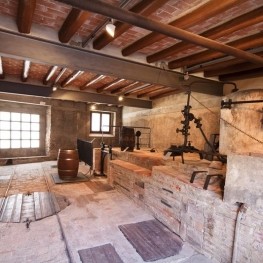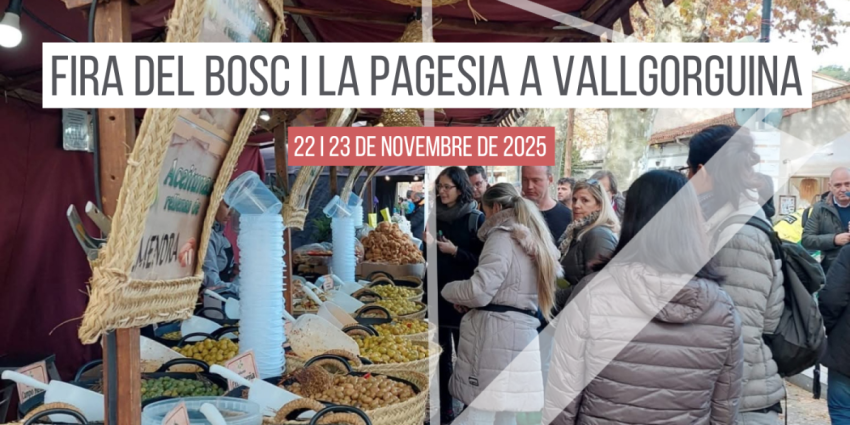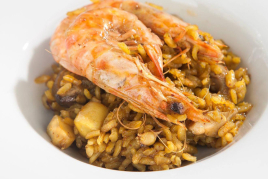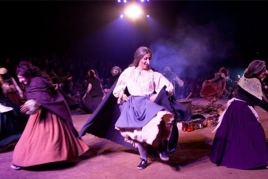DO Conca de Barberà: wines with history in the heart of Catalonia
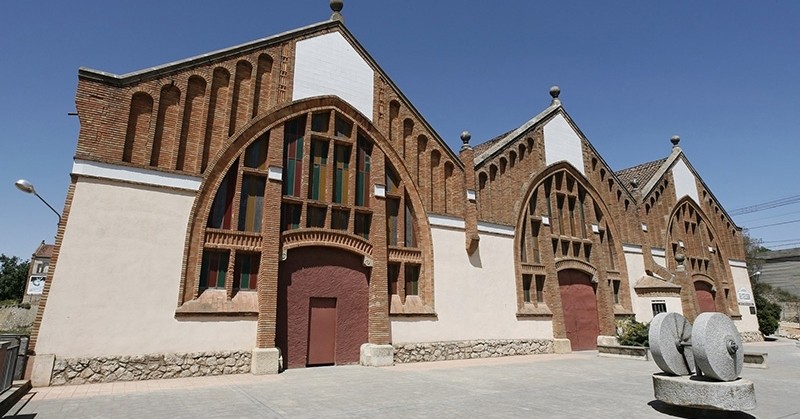
Geography and climate combine in Conca de Barberà to provide optimal conditions for growing vines. The Abbey of Poblet and the Order of the Templars are the historical roots of this area of winemaking tradition.
A denomination with medieval roots, natural landscapes and native varieties such as the trepat
The Conca de Barberà Designation of Origin is located in the north of the province of Tarragona. The plain, formed by the Francolí and Anguera rivers, is protected by the surrounding mountains, particularly the Prades mountain range. The average altitude is 500 m, and the soil is predominantly calcareous. The DO currently covers 3,800 hectares of vineyards and produces an average of 150,000 hectare of wine.
Conca de Barberà is a region steeped in winemaking tradition, thanks to its Mediterranean microclimate. The wines produced here are characterized by their freshness, lightness, and expressive aroma.
Rosés made with the native Trepat grape variety give this area a unique personality. Whites are made primarily with Chardonnay and are highly regarded. Finally, reds use Garnacha Negra, Tempranillo, and Trepat grape varieties; the result is quite smooth wines.
The modernist wineries, known as the cathedrals of wine, are part of the cultural heritage of this DO. There are six important modernist wineries in the region that can be visited. Two are the work of Pere Domènech i Roura: the cooperative winery of Espluga de Francolí (1912) and the cooperative winery of Sarral (1914). The other four are the work of César Martinell and are located in Barberà, Rocafort, Montblanc, and Pira.
Featured
Museu Fassina Balanyà
L'Espluga de FrancolíFassina Balanyà was a small family business that dates back to the…

